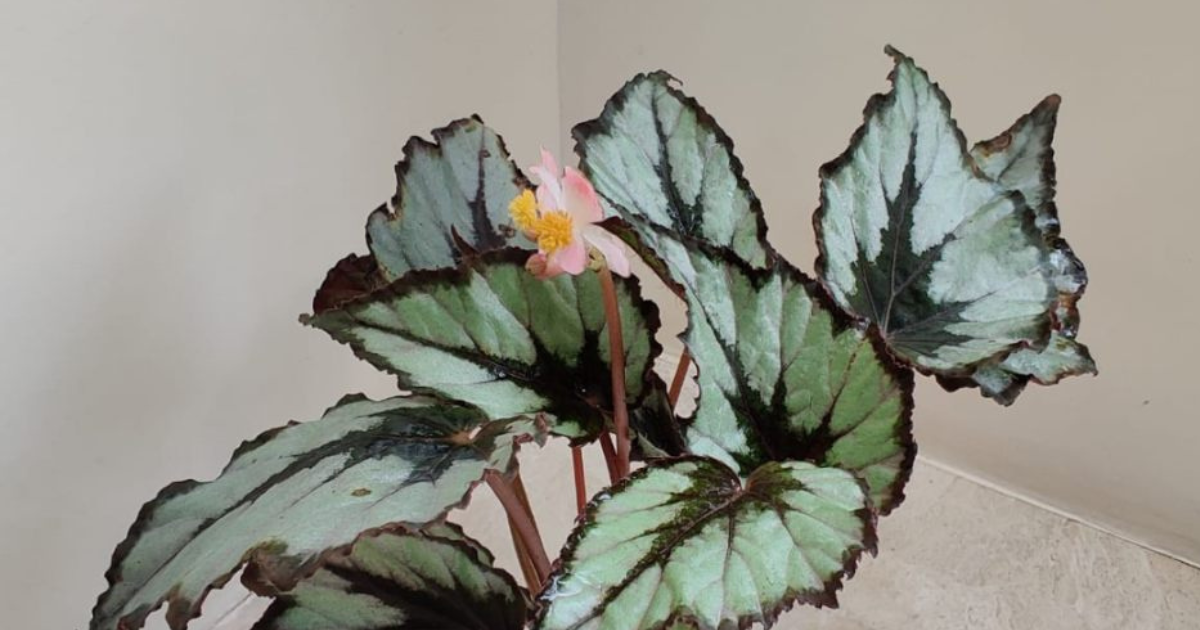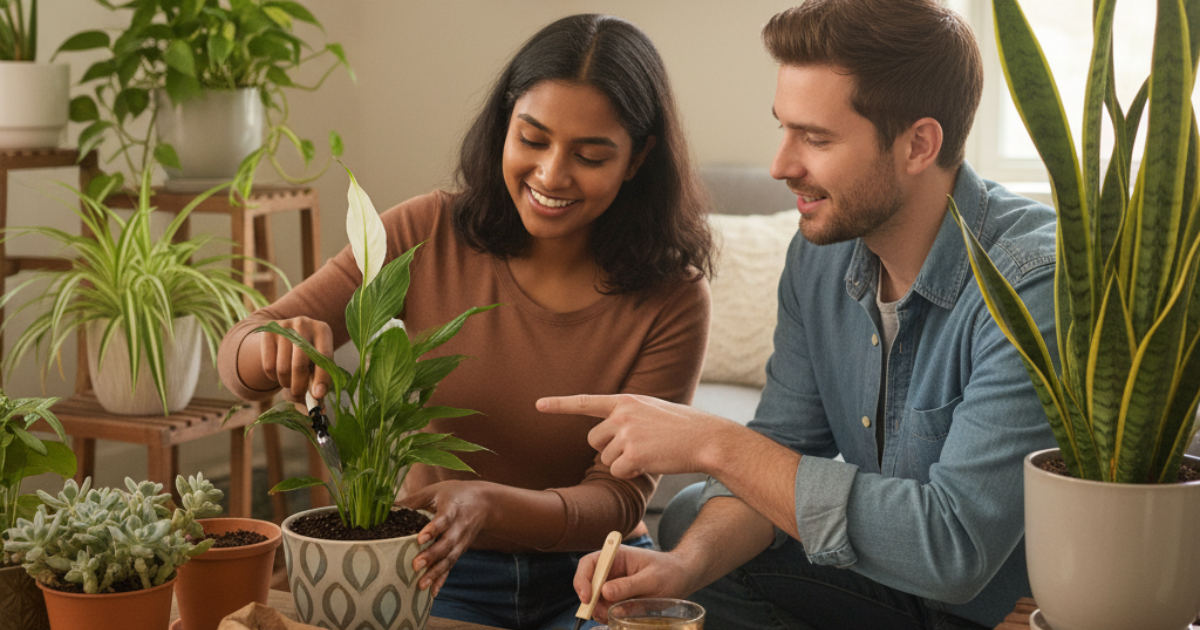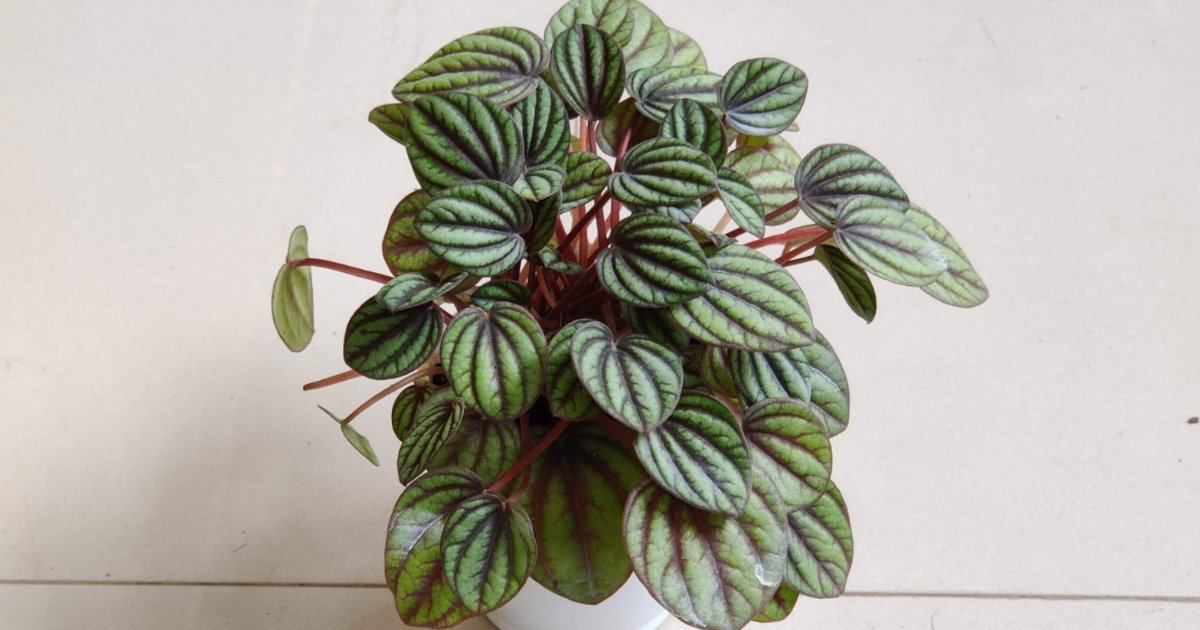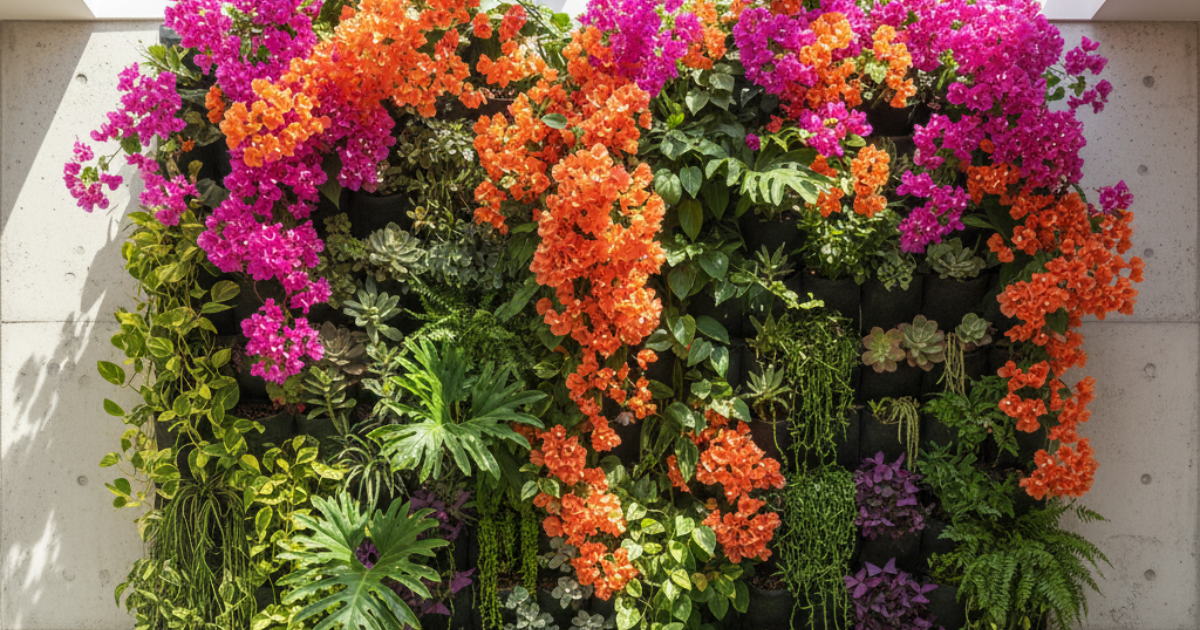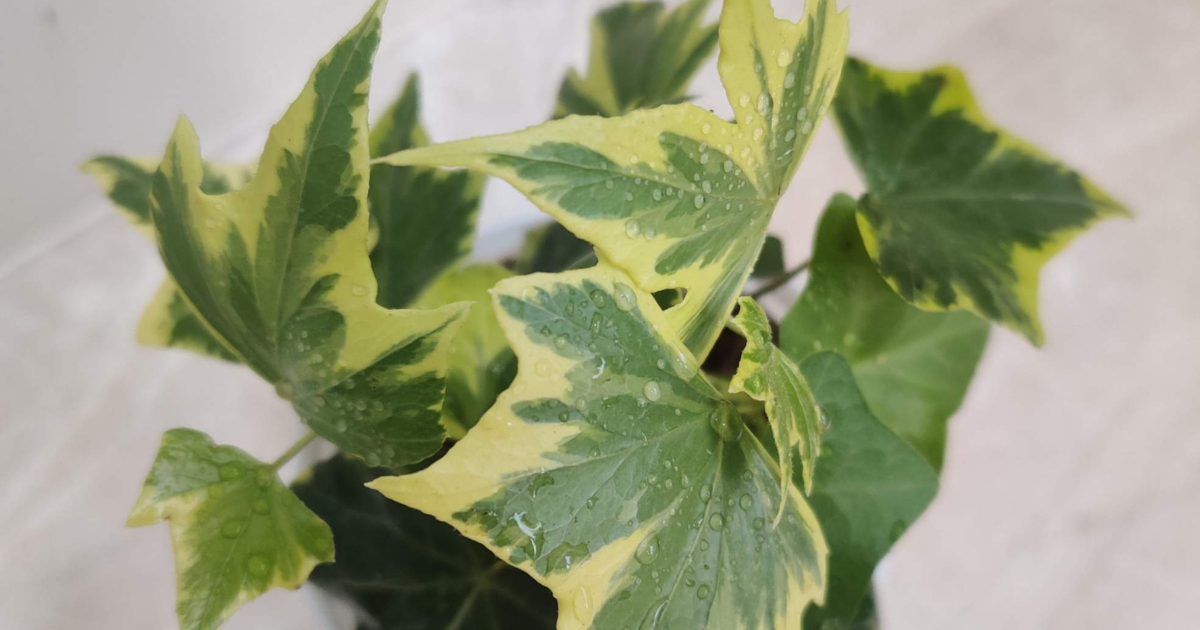Have you ever dreamed of transforming your home into a lush, tropical paradise? With the Bird of Paradise plant (Strelitzia), that dream is within reach. Known for its striking resemblance to a bird in flight and its dramatic foliage, this plant adds instant exotic flair to any space—indoors or out.
Whether you’re a seasoned plant collector or a curious beginner, the Bird of Paradise offers more than just beauty. It’s surprisingly easy to grow, resilient to various conditions, and even works as a natural air purifier.
In this ultimate guide, we’ll explore everything from choosing the right species to potting, propagation, styling tips, and problem-solving.
Common Name: Bird of Paradise
Botanical Name: Strelitzia reginae, Strelitzia nicolai
Family: Strelitziaceae
Plant Type: Herbaceous perennial
Mature Size: 3.5-6 ft. tall, 3-4 ft. wide
Sun Exposure: Full to partial sun
Soil Type: Loamy
Soil pH: Slightly acidic
Bloom Time: Late winter to early spring
Flower Color: Orange or white
Native Area: Africa (South Africa)
Toxicity: Toxic to pets
Why Bird of Paradise is the Showstopper of Indoor Plants
1. Tropical Beauty That Turns Heads
With its bold flowers and banana-like leaves, the Bird of Paradise plant brings the rainforest aesthetic to urban homes. Its unique blooms, in orange, blue, or white, are so striking they look like a tropical bird mid-flight.
2. Symbolism and Cultural Significance
Named after Queen Charlotte of Mecklenburg-Strelitz, the Bird of Paradise has earned international recognition, including being the Official Flower of Los Angeles. It symbolizes freedom, magnificence, and paradise.
3. Air Purifying & Mood Boosting
Did you know Bird of Paradise plants remove toxins like benzene and formaldehyde from your indoor air? Combined with their beauty, they also reduce stress, enhance mood, and create a calm environment—perfect for bedrooms and home offices.
Know Your Varieties – Picking the Right Bird of Paradise
There are five species in the Strelitzia genus, but two dominate home décor:
Strelitzia reginae (Orange Bird of Paradise)
- Mature height: 3–6 feet indoors
- Features: Orange and blue flowers
- Best for: Compact indoor spaces
Strelitzia nicolai (White Bird of Paradise)
- Mature height: Up to 25 feet outdoors, 6–8 feet indoors
- Features: White and purple flowers, massive foliage
- Best for: Larger rooms, atriums, or gardens
Other Notable Varieties:
- S. juncea – Narrow, reed-like leaves; minimalist aesthetic
- S. caudata – Rare, towering up to 25 ft; blue-white flowers
- S. alba – Tallest variety; tropical landscaping gem
How to Care for Your White Bird of Paradise

Light Requirements
- Needs 4–6 hours of bright, indirect light daily
- East or west-facing windows work best indoors
- Outdoors: thrives in full sun but appreciates afternoon shade in hot climates
Watering Schedule
- Water once a week in summer, and every 10–14 days in winter
- Allow the top 2–3 inches of soil to dry before watering
- Avoid overwatering to prevent root rot
Pro Tip: Use filtered or rainwater to avoid chemical buildup.
Temperature & Humidity
- Ideal: 65°F–85°F (18–30°C)
- Avoid: below 55°F (13°C)
- Boost humidity with:
- Misting
- Pebble trays
- Grouping with other plants
Perfect Soil Mix
- Mix: 2 parts potting soil + 1 part compost + 1 part perlite or orchid bark
- Ensure well-drained and slightly acidic soil (pH 5.5–7.5)
Fertilization
- Feed with a balanced liquid fertilizer every 4-6 weeks during the growing season (spring and summer).
- Reduce feeding in fall and winter when growth slows down.
Pruning & Maintenance
- Remove yellow or damaged leaves regularly to encourage new growth.
- Wipe leaves with a damp cloth to remove dust and enhance photosynthesis.
- Repot every 2-3 years as the plant grows to provide fresh nutrients.
Potting, Repotting & Encouraging Blooms in Bird of Paradise Plants
Growing a Bird of Paradise plant indoors is a rewarding experience—but to enjoy those legendary tropical blooms, proper potting and repotting is key. Here’s what you need to know to keep your plant thriving year after year.
Potting Tips: Setting the Right Foundation
Choosing the right pot is like picking a good home for your plant—it impacts its growth, stability, and blooming potential.
- Use heavy, sturdy pots: Bird of Paradise plants grow tall and can get top-heavy, so choose a pot that won’t tip over easily.
- Ensure good drainage: Always pick pots with multiple drainage holes to prevent root rot. Avoid pots that hold too much water.
- Let it get cozy: These plants like to be slightly root-bound. In other words, when the roots fill the pot and space gets tight, the plant is more likely to bloom.
Avoid over-potting! A pot that’s too large may encourage leafy growth but delay flowering.
When & How to Repot a Bird of Paradise
Bird of Paradise plants don’t like being disturbed too often, but they still need fresh soil and space occasionally—especially when young.
For Young Plants (Under 4 Years Old):
- Repot every 1–2 years
- Move to a pot just 1–2 inches larger in diameter than the current one
- Do this in spring, when the plant starts actively growing
For Mature Plants (4+ Years Old):
- Repot every 2–3 years or only when roots start pushing out of the drainage holes
- Avoid frequent repotting if you want flowers—mature plants bloom better when pot-bound
Repotting Steps:
- Water the plant a day before repotting to loosen the soil
- Gently remove the plant from its pot
- Shake off old soil and inspect the roots
- Trim off any mushy, black, or circling roots
- Place in a new pot with fresh, well-draining soil (see soil section above)
- Water lightly after repotting to help settle the soil
Tip: After repotting, it may take time for the plant to adjust. Be patient!
From minimal ceramic planters to large decorative pots, find the ideal pot to showcase your Bird of Paradise plant in style.
How to Encourage Blooms Indoors
Bird of Paradise plants can bloom indoors, but they need the right conditions—and a little patience.
Checklist for Blooming Success:
- Age matters: Plants typically bloom when they’re 4 to 5 years old
- Bright light is essential: Place near a south or west-facing window for at least 6 hours of light daily
- Stay pot-bound: Avoid repotting frequently; tight roots encourage flowers
- Feed regularly: Use a balanced liquid fertilizer every 2 weeks during spring and summer
- Don’t skip seasons: Mimic natural seasonal changes by reducing watering and feeding in winter to allow dormancy
Pro tip: Some Bird of Paradise plants take years to flower indoors. Don’t give up—consistency is key!
Propagation: Multiply Your Bird of Paradise Collection
There are two main ways to propagate Bird of Paradise plants: division and seeds. Each has its pros and cons—choose what suits your time and skill level.
Division: Easiest & Fastest Method
Perfect for beginners! You’ll need a mature plant (at least 3 years old) with healthy growth.
How to Propagate by Division:
- Remove the plant from its pot and gently shake off soil
- Look for natural clumps or shoots near the base with at least 3 leaves
- Use a clean, sharp knife to cut the rhizome (the thick root structure) apart
- Let the cut edges dry and callus for 2–3 days to prevent rot
- Replant each section in its own pot with fresh, well-draining soil
- Water sparingly at first, then resume normal care after a week
When to do it: Early spring is best, just before the active growing season starts.
Seed Propagation: For the Patient Gardener
Growing Bird of Paradise from seed is possible—but it takes time, often up to 5 years to bloom. Think of it as a long-term project.
Steps to Grow from Seed:
- Soak seeds in warm water for 24–48 hours to soften their hard shell
- Nick or sand the seed coat to help germination (optional but helpful)
- Plant seeds ½ to 1 inch deep in a seed-starting mix
- Keep in a warm (around 80°F/27°C), humid spot with indirect sunlight
- Cover with plastic or a humidity dome to retain moisture
- Be patient—seeds may take 2 months or more to germinate
Once they sprout and have a few leaves, move them to individual pots and begin standard care.
Good to know: Seedlings take longer to bloom but can be rewarding if you love a challenge.
Troubleshooting Common Problems
| Problem | Cause | Solution |
| Yellow Leaves | Overwatering or low light | Adjust light & reduce watering |
| Brown Tips | Low humidity or underwatering | Increase humidity & check soil moisture |
| Root Rot | Poor drainage | Repot in dry, well-draining soil |
| No Flowers | Insufficient light or frequent repotting | Increase sun, keep pot-bound |
| Leaf Splits | Normal for airflow | No action needed |
Style Your Bird of Paradise Like a Pro
Indoor Décor Tips
- Use in minimalist, modern, or bohemian spaces
- Place in large ceramic pots or woven baskets
- Ideal for:
- Corners
- Bay windows
- Entryways
Outdoor Landscaping Ideas
- Best for USDA Zones 9–12
- Use as:
- Privacy screens
- Poolside accents
- Focal points in tropical gardens
The Monthly Care Calendar – Seasonal Guide for Thriving Bird of Paradise Plants
January – February: Winter Dormancy
- Watering: Water sparingly; allow the top 2–3 inches of soil to dry out between watering.
- Fertilization: Avoid feeding during this period as the plant is dormant.
- Temperature: Keep indoor temperatures above 55°F (13°C); avoid drafts and cold windows.
- Humidity: Monitor indoor humidity levels—consider misting occasionally or using a humidifier.
- Lighting: Ensure the plant gets as much natural light as possible—place it near a bright, unobstructed window.
- Maintenance: Gently wipe dust off leaves to maintain optimal photosynthesis.
March – May: Spring Awakening
- Watering: Gradually increase watering frequency as temperatures rise and growth resumes.
- Feeding: Begin feeding every 2 weeks with a balanced liquid fertilizer.
- Repotting: Ideal time for repotting if the plant is root-bound or hasn’t been repotted in 2–3 years.
- Pruning: Remove old or damaged leaves to make room for new growth.
- Light: Ensure 4–6 hours of bright, direct light daily—shift closer to brighter spots if needed.
- Propagation: Best season to divide mature plants for propagation.
June – August: Peak Growing Season
- Watering: Water more frequently (every 7–10 days), ensuring soil stays slightly moist but not soggy.
- Fertilization: Continue feeding every 2 weeks or use slow-release fertilizer applied once in early summer.
- Humidity: Mist leaves 2–3 times a week or place on a humidity tray to prevent brown edges.
- Rotation: Rotate the plant every 1–2 weeks to encourage even growth.
- Temperature: Maintain warm temperatures between 70–85°F (21–29°C).
- Cleaning: Wipe leaves regularly to remove dust and allow optimal transpiration.
September – October: Fall Transition
- Watering: Begin reducing watering frequency as growth slows—let soil dry slightly more between watering.
- Prepare for Low Light: Shift to brighter window areas or supplement with grow lights if needed.
- Indoor Shift (Outdoor Plants): If outdoors, bring potted plants indoors before temperatures fall below 55°F (13°C).
- Pruning: Remove faded blooms and yellow leaves to reduce pest risk.
- Root Health Check: Gently check for signs of root binding or rot; consider root pruning if necessary.
- Humidity Adjustment: Start increasing indoor humidity to prepare for dry winter air.
November – December: Early Winter Rest
- Fertilization: Cease feeding entirely until next growing season (unless in a tropical climate).
- Watering: Water lightly, only when topsoil is dry; avoid letting the plant sit in soggy soil.
- Humidity Maintenance: Use humidifiers or pebble trays to counteract dry indoor heat.
- Light Management: Maximize daylight exposure—clean windows and remove obstructions.
- Stability: Avoid moving or rotating the plant frequently during this low-growth period.
- Protection: Keep away from heaters, fireplaces, and cold drafts to avoid temperature shock.
Conclusion: Your Passport to the Tropics Awaits
Growing a Bird of Paradise isn’t just about caring for a plant—it’s about inviting the tropics into your life. With its sculptural leaves, exotic blooms, and air-purifying benefits, it offers more than beauty. It offers serenity, style, and a daily reminder of nature’s elegance.
Whether you choose the classic orange Strelitzia reginae or the towering white Strelitzia nicolai, one thing is certain: your plant journey will never be the same again.
Ready to Grow Yours?
Start your tropical journey today. Explore Bird of Paradise plants at your local nursery or online shop—and don’t forget to share your #BirdOfParadiseSuccess with us!
FAQs
1: How often should I water my White Bird of Paradise?
Water when the top 2-3 inches of soil feel dry. In warmer months, this may be once a week; in cooler months, every 10-14 days.
2: Can I grow White Bird of Paradise indoors?
Yes! Indoors, it thrives in bright, indirect light and can grow up to 6 feet tall.
3: Why are my plant’s leaves splitting?
Splitting is natural and helps the plant withstand wind. Keep leaves clean and hydrated to minimize excessive splitting.
4: How can I make my White Bird of Paradise grow faster?
Provide consistent watering, bright light, and monthly fertilization during the growing season.
5: Is the White Bird of Paradise pet-friendly?
No, the plant is toxic to pets if ingested. Keep it out of reach of cats and dogs.





